Date: 20th November 2017
Last post for the year!
Autumn this year was colder than usual, and I was worried that the leaves were already falling in the higher elevations. Based on autumn reports from Japan Guide, I forecasted that Ohara will still be in their peak colors, roughly a week after Japan Guide reported that Sanzenin was in the peak colors.
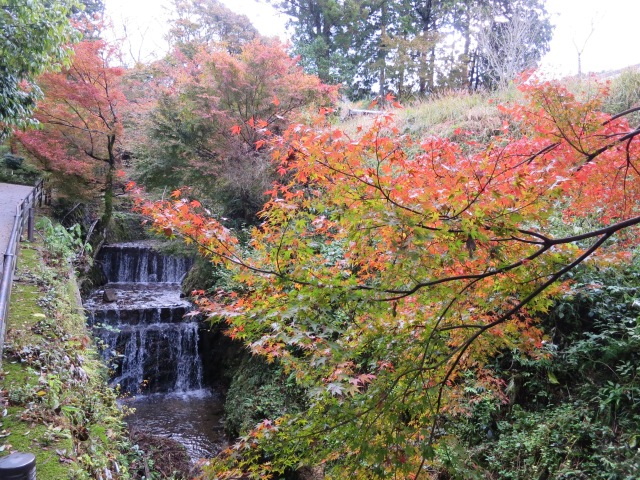
Ohara is located in the mountainous area of Northern Kyoto and is home to a number of Buddhist temples. If you are planning on visiting Ohara, I recommend allocating a full day to explore these temples. Most temples are located around the Sanzenin area, however Raigō-in and Jakkoin requires a bit of walking.
Lets leave Sanzenin for another day. After all, the much celebrated temple is receiving the attention it deserves. For the record, I did visit the temples around Sanzenin first, then only to Raigō-in.
Raigō-in is about 10-15 minutes away from Sanzenin. Walking to the temple, it was apparent that the temple is less visited as we barely saw other tourists.


Raigō-in is a Tendai-sect Buddhist temple built in the 9th century by Ennin (or Jikaku Daishi), an abbot at Hiezan Enryakuji. The temple was built as a dojo for monks practicing Shomyo, a form of Japanese Buddhist chanting, which was brought to Japan by Ennin.
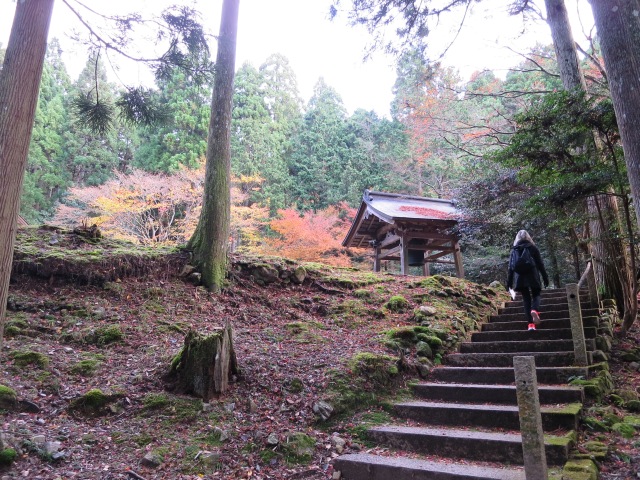
The temple deteriorated and was later rebuilt by the monk Ryonin in 1109, who continued the Shomyo practice. A CD of the Shomyo chanting is available for purchase at the temple’s reception counter.
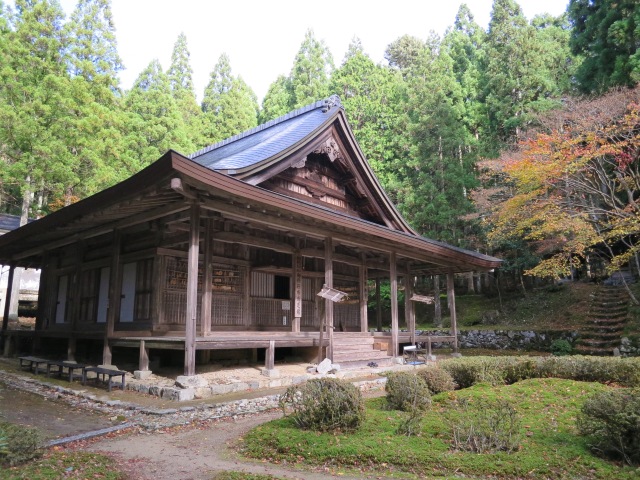
The temple looks empty as all of its buildings were destroyed in fires from the Onin War, except its main hall and the belfry, which dates back to the 16th century. You could really feel the age of the main hall, which enshrines Gautama Buddha, Amitabha and Bhaisajyaguru or Yakushi – the Buddha of Healing.
It was very peaceful and I had the time to appreciate the beauty of the Buddha figures and the ceiling’s paintings which was of Buddhist angels.

I read about the waterfall called Otonashi-no-taki (soundless waterfall) nearby the temple and asked the monk about it at the reception, which he said was 10 minutes away. Another tourist came along with us, as she was told not to go there alone when she was previously walking towards it.
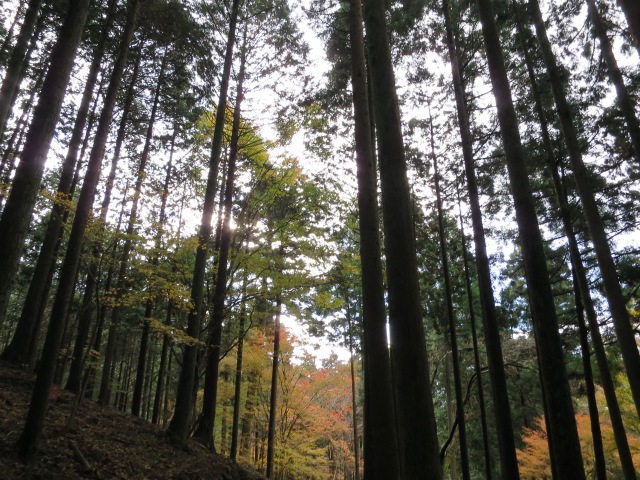
While there were some signs in romaji (roman letters) pointing towards the waterfall, as always in Japan, try to remember the Kanji (or write it down) of your destination when going into the forest / hiking. As you go further away from civilization, romaji tends to disappear.
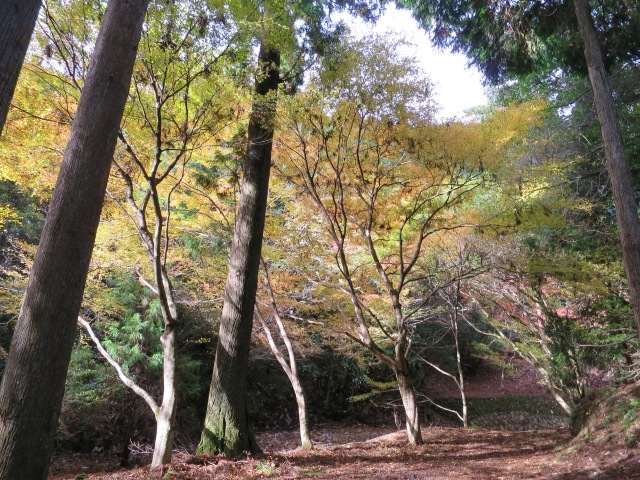
The story behind the waterfall’s name was that Ryonin was chanting the Shomyo here so well that the sound of the waterfall and his chanting became one, resulting in, well – a waterfall without sound.
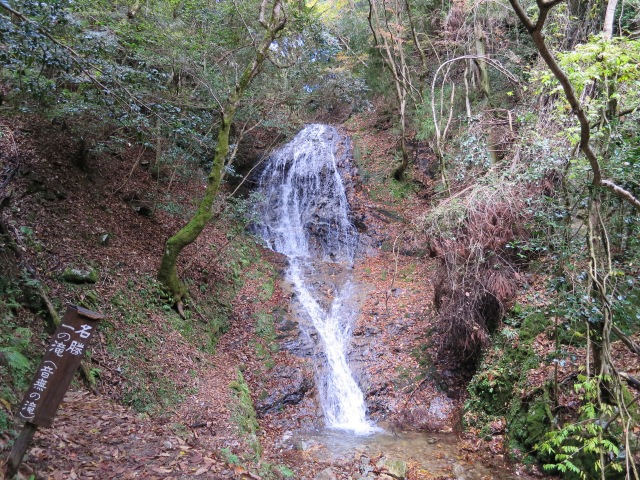
The waterfall is very short, at about 10m tall. Clearly, we could hear the sound of the waterfall.
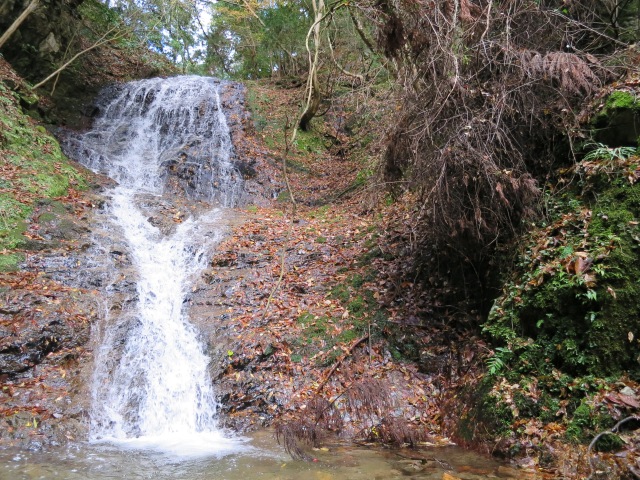
There was a path going towards Hiezan nearby which would take 4 hours on foot. Makes sense as Raigoin is also a sub-temple of Enryakuji.
I love hidden gems like this. Raigō-in is not exactly hidden anyway. It is a mystery why people shy away from this temple. I really enjoyed my time there.
Entrance to Raigō-in is 400 yen, it opens from 9 a.m. to 5 p.m. It is possible to picnic near the waterfall, there was a group cooking their lunch when I was there.
Depending on where you are coming from, the Kyoto Bus No. 16 or 17 will get you to Ohara Bus Stop (about 50 minutes from Central Kyoto). The one-day bus pass cannot be used to get to Ohara. From there, Raigō-in is 15-20 minutes away on foot.
Thanks for reading and Happy New Years!
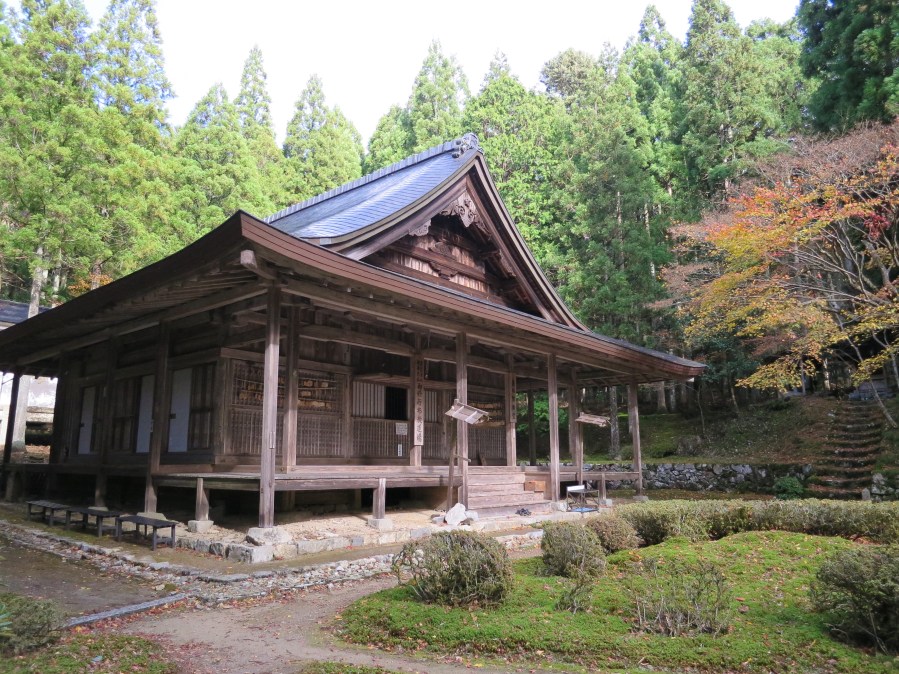
The autumn colours are so beautiful. And looks like a very enchanting place to visit! ^^
LikeLiked by 1 person
Yes Tofu. If you visit Ohara, I strongly recommend visiting this!
LikeLiked by 1 person
Noted!!! I’ll put it in my to visit list!! Thank you!!!! ^^
LikeLiked by 1 person
Very beautiful pictures and inspiring blog…
Happy New Year!
LikeLiked by 1 person
Thank you! Happy New Year to you too
LikeLike
Beautiful! I’ve always wanted to go to O’Hara, but never made it. Will add this to the list.
LikeLiked by 1 person
Great, glad this helps.
LikeLiked by 1 person
beautiful autumn pictures
LikeLiked by 1 person
Thank you Sanjeet!
LikeLiked by 1 person
Ohara is a magical place. I wasn’t aware of this Temple when I visited in October 2016. It’s a good reason to make a return trip. Wishing you all the best in 2018. I look forward to reading more about the many wonders of Japan. 😄🌸
LikeLiked by 1 person
Thanks Jann. Have a great 2018 🙂
LikeLike
What a beautiful place! Next time I’m in Kyoto I’ll have to go. Always looking for quiet and less-visited places; sometimes the crush of tourists can be too much! This place looks perfect.
LikeLiked by 1 person
Great! I hope you enjoy it when you visit next time.
LikeLike
Pingback: Shōrin-in in Ohara, Kyoto (Autumn 2017) – Japan Wonders
Pingback: Garden viewing and stroll at Jikko-in, Ohara, Kyoto – Japan Wonders
Pingback: Jakko-in, Former Nunnery of a Tragic Heike Empress – Japan Wonders
Pingback: Hōsen-in, Reflecting Sacrifice through Blood-Stained Ceiling and Serene Garden View – Japan Wonders
Pingback: Sanzen-in, the Moss Garden, and the Laughing Buddhas – Japan Wonders
Pingback: Gates to the Netherworld, or is it Paradise? Osorezan and Bodai-ji Temple – Japan's Wonders